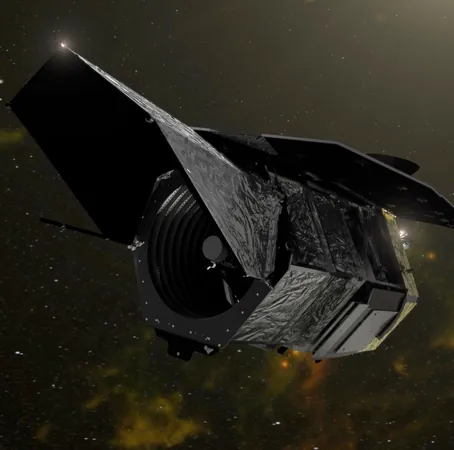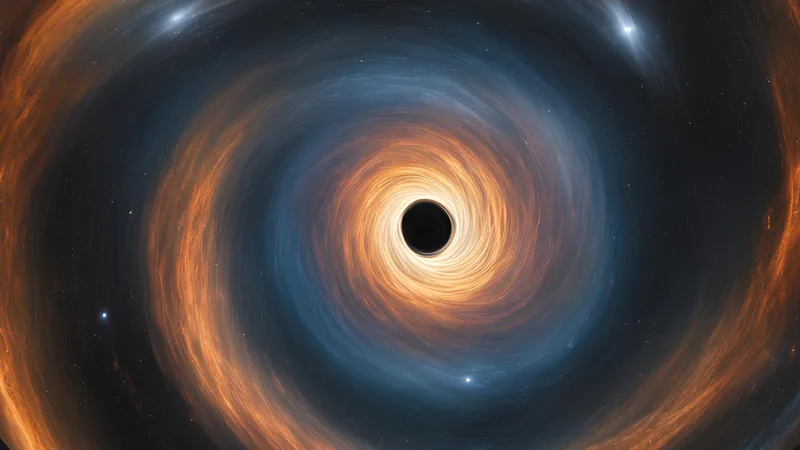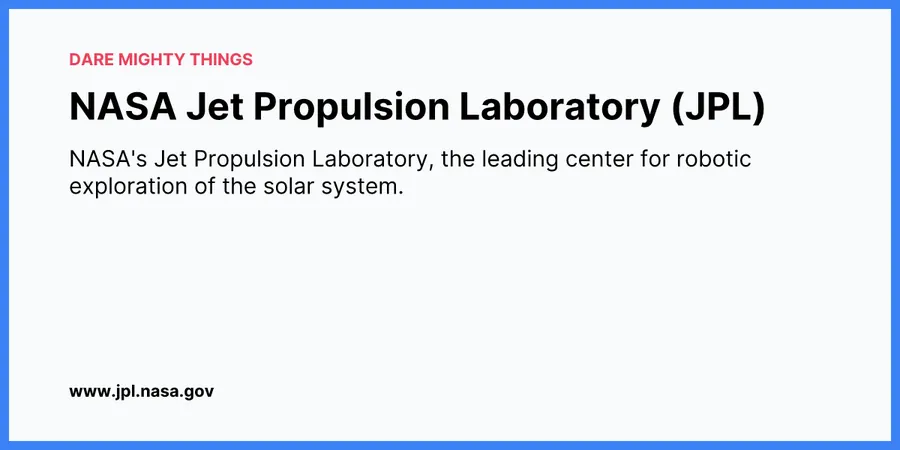
Milestone Achieved: Roman Space Telescope Assembly Complete!
2024-11-12
Author: Noah
Milestone Achieved: Roman Space Telescope Assembly Complete!
In a significant development for NASA's cutting-edge scientific endeavors, all major components of the Nancy Grace Roman Space Telescope are now consolidated at the Goddard Space Flight Center in Maryland. This milestone marks a crucial step in the telescope’s journey to launch, which is currently set for no later than May 2027. As the agency continues to move forward on schedule and within budget, excitement surrounding this ambitious project is at an all-time high.
At recent advisory meetings, Mark Clampin, the Director of Astrophysics at NASA Headquarters, confirmed that the telescope unit recently finished comprehensive thermal vacuum tests at an L3Harris facility. It was subsequently transported via C-5 cargo aircraft to Goddard, where it joins other essential components of the spacecraft. "Building 29 now hosts the whole of the Roman Space Telescope. This is a real achievement,” Clampin stated during a presentation on November 8, 2023.
The Roman Space Telescope promises to revolutionize our understanding of the universe by examining the cosmos with unprecedented precision. Its exceptional imaging capabilities will allow it to map millions of galaxies, collect vast amounts of data, and study phenomena such as dark energy and exoplanets. The arrival of the telescope assembly—complemented by the spacecraft bus and two main instruments, which were already stationed at Goddard—ensures that all systems are a go for the next phases of development.
Despite the challenges posed by the COVID-19 pandemic, which previously extended the timeline and increased lifecycle costs, NASA is committed to keeping the Roman Space Telescope on track. "We’re working to a congressional cost cap of $3.5 billion, and we are currently staying on schedule," Clampin reassured attendees. The last audit by NASA’s Office of Inspector General corroborated this, stating that as of March 2024, Roman continues to meet its cost obligations and is poised for a May 2027 launch.
Nevertheless, the audit did highlight potential pitfalls regarding data transmission. Given the immense volumes of data the telescope is expected to generate, communication networks are a major concern. NASA officials have yet to develop a contingency plan to manage potential failures in the existing networks used for data downlinking. Clampin acknowledged these concerns but explained that integrating a secondary option like the Deep Space Network (DSN) at this advanced stage of development was not feasible. "It's very late to be changing the design of the spacecraft," he noted.
Instead, the Roman Space Telescope will rely on NASA's Near Space Network, utilizing upgraded facilities that will support various missions, including shared resources with the Lunar Reconnaissance Orbiter. With international collaborations also in the mix, including partnerships with European and Japanese agencies, the telescope aims not only for successful data collection but also for leading the way in groundbreaking astrophysics research.
As anticipation builds for the Roman Space Telescope, scientists and space enthusiasts alike are eager to witness the unprecedented discoveries it will unveil. Stay tuned, as we bring you more updates on this transformative journey into the stars!









 Brasil (PT)
Brasil (PT)
 Canada (EN)
Canada (EN)
 Chile (ES)
Chile (ES)
 España (ES)
España (ES)
 France (FR)
France (FR)
 Hong Kong (EN)
Hong Kong (EN)
 Italia (IT)
Italia (IT)
 日本 (JA)
日本 (JA)
 Magyarország (HU)
Magyarország (HU)
 Norge (NO)
Norge (NO)
 Polska (PL)
Polska (PL)
 Schweiz (DE)
Schweiz (DE)
 Singapore (EN)
Singapore (EN)
 Sverige (SV)
Sverige (SV)
 Suomi (FI)
Suomi (FI)
 Türkiye (TR)
Türkiye (TR)